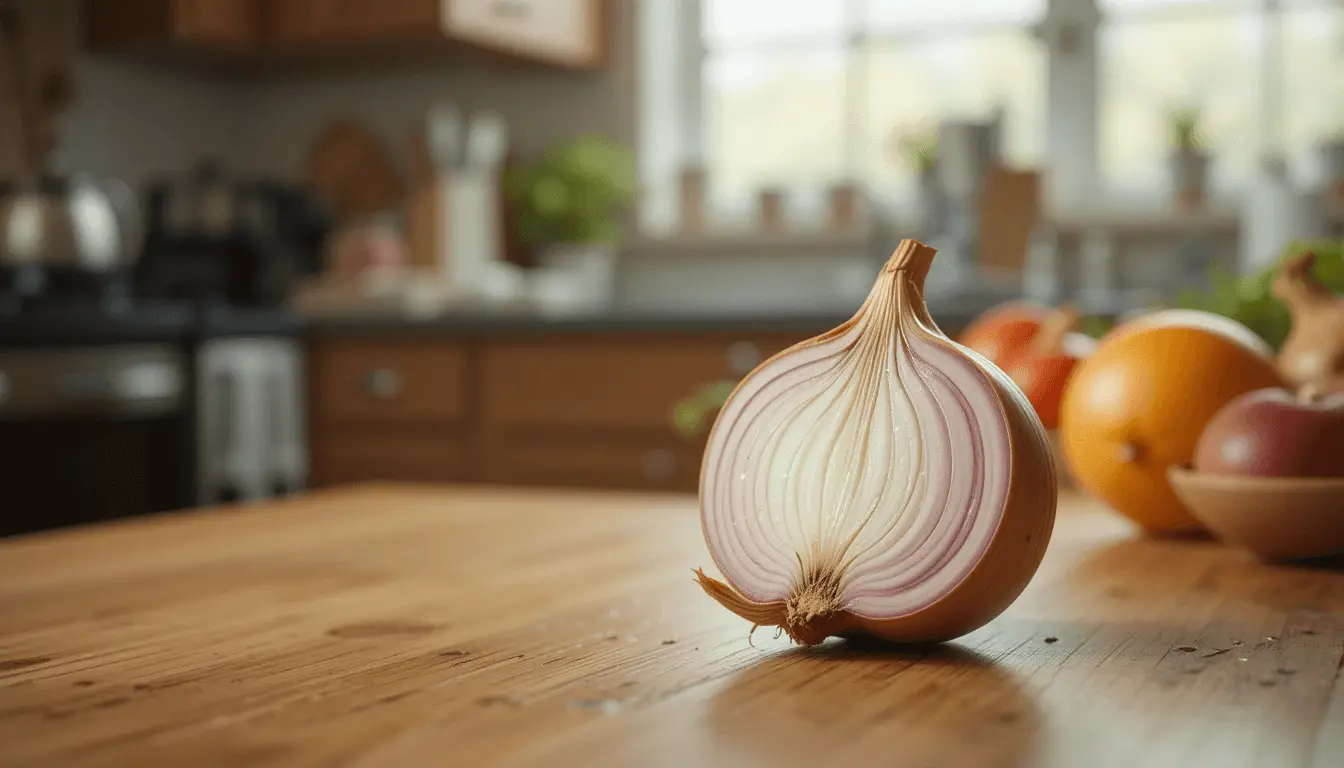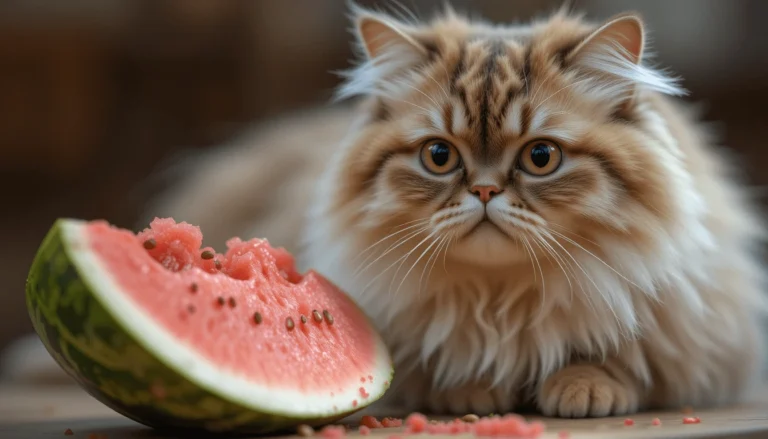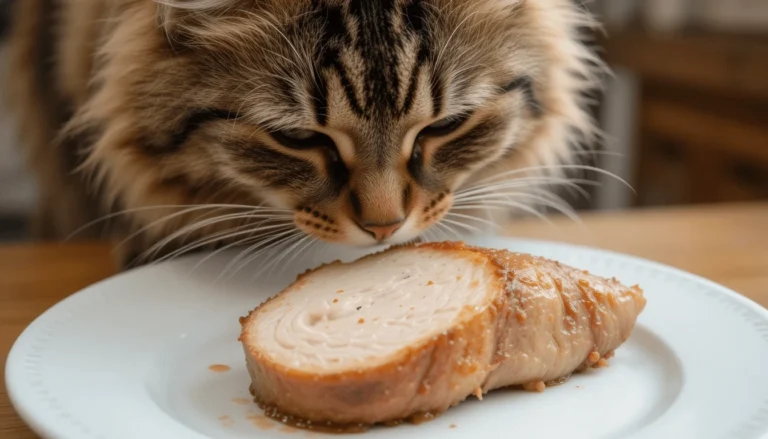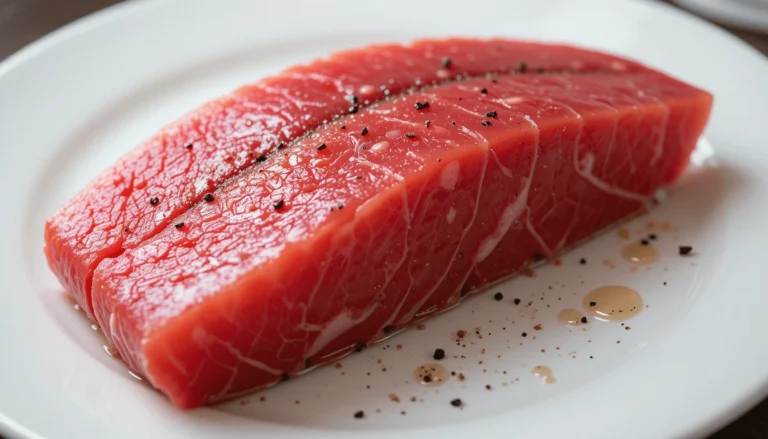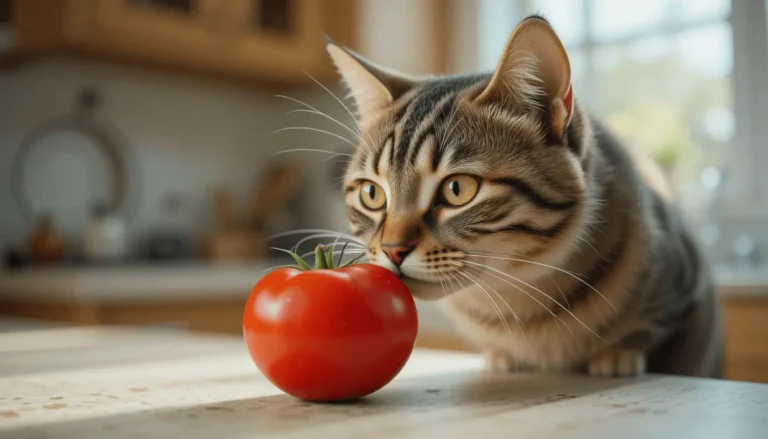Can Cats Eat Onion? Risks, Toxicity, and Safe Alternatives
Introduction
“Last Tuesday, my curious tabby, Mochi, leaped onto the kitchen counter and took a bold nibble of a fallen onion slice. Within hours, he was vomiting and listless—panic set in. A frantic vet visit revealed the culprit: onion toxicity, a silent threat lurking in many kitchens. So, can cats eat onion? Absolutely not.Onions and other allium plants (like garlic and leeks) produce toxins that break down a cat’s red blood cells, potentially causing severe anemia . In this guide, we’ll explore the hidden risks, recognize poisoning symptoms, and share safer veggie treats to keep your feline friend thriving.”
Why Are Onions Toxic to Cats?
Onions might be a staple in our kitchens, but for cats, they can be deadly. Many pet owners are unaware of the hidden dangers lurking in common foods, and onions top the list of hazardous ingredients for felines. But what makes onions so toxic to cats, and how can even small amounts cause serious harm?
In this article, we’ll explore how onions damage a cat’s red blood cells, the role of thiosulfate in onion toxicity, and why other members of the Allium family—like garlic, leeks, and chives—are equally dangerous.
How Onions Damage a Cat’s Red Blood Cells
Cats are obligate carnivores, meaning their bodies aren’t designed to process certain plant compounds. Onions contain N-propyl disulfide, a compound that causes oxidative damage to a cat’s red blood cells, leading to hemolytic anemia. This leads to hemolytic anemia, a condition where the body destroys its own red blood cells faster than it can replace them.
Symptoms of Onion Toxicity in Cats
Early signs may appear within 24 hours of ingestion and include:
- Weakness or lethargy
- Pale gums
- Rapid breathing
- Vomiting or diarrhea
- Dark-colored urine (indicating hemoglobinuria from red blood cell destruction)
According to the ASPCA, even small amounts—as little as 5 grams per kilogram of body weight—can cause toxicity.
The Role of Thiosulfate in Onion Toxicity
Thiosulfate, a sulfur-containing compound in onions, is the primary culprit behind their toxicity. Cats (and dogs) lack the enzyme needed to digest thiosulfate, leading to:
- Oxidative stress – Damages red blood cell membranes.
- Heinz body formation – Abnormal clumps of denatured hemoglobin that impair oxygen transport.
Did you know? Cooking onions doesn’t neutralize thiosulfate—whether raw, cooked, or powdered, onions remain hazardous.
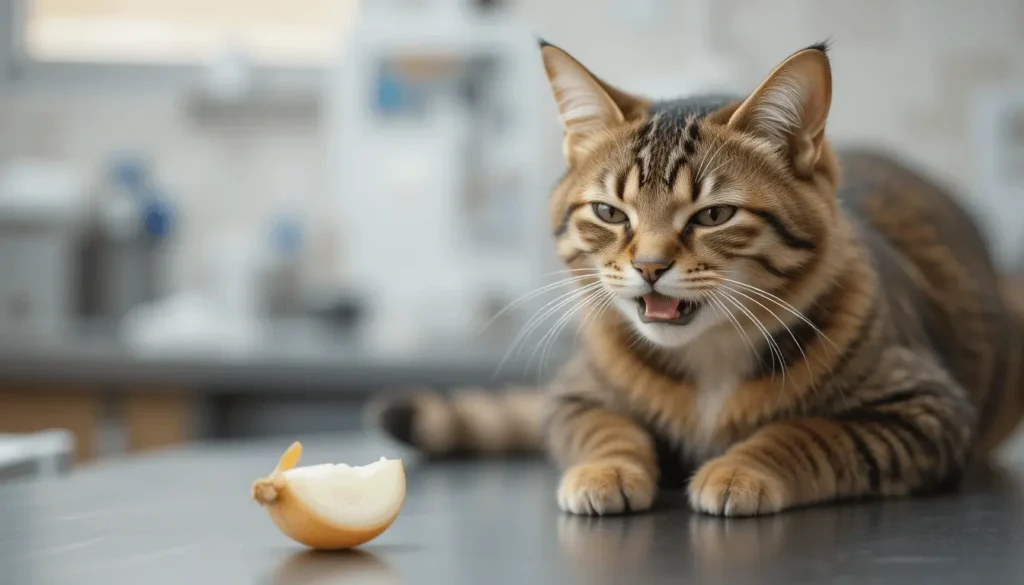
Allium Family Dangers (Garlic, Leeks, Chives)
Onions aren’t the only threat. The entire Allium plant family contains similar toxic compounds, with garlic being five times more potent than onions.
Toxicity Levels in Common Allium Plants
| Plant | Toxic Compound | Relative Toxicity |
|---|---|---|
| Onion | N-propyl disulfide | Moderate-High |
| Garlic | Allicin | Very High |
| Leeks | Thiosulfate | Moderate |
| Chives | Sulfoxides | Moderate |
Key takeaway: Allium toxicity is cumulative—small, repeated exposures can lead to poisoning over time.
What Should You Do If Your Cat Eats Onions?
- Contact your vet immediately – Early intervention is critical.
- MonitOnions are highly toxic to cats—even tiny quantities can trigger symptoms from mild illness to life-threatening complications.or symptoms – Even if no signs appear right away, internal damage may still occur.
- Avoid home remedies – Inducing vomiting without veterinary guidance can worsen the situation.
For more information, check the Pet Poison Helpline.
Symptoms of Onion Poisoning in Cats
Just one small bite of onion can poison a cat – whether raw, cooked, or powdered. Even trace amounts may lead to fatal anemia if untreated. Here’s what to watch for:
Early Signs (Vomiting, Lethargy)
The first symptoms of onion toxicity in cats often appear within 24 hours and may include:
- Vomiting or diarrhea
- Loss of appetite
- Lethargy or weakness
- Excessive drooling
According to the ASPCA Animal Poison Control Center, these signs indicate the beginning stages of red blood cell damage.
Severe Symptoms (Pale Gums, Rapid Breathing)
If left untreated, onion poisoning can lead to hemolytic anemia, which causes:
- Pale or yellowish gums
- Rapid breathing or panting
- Dark-colored urine (from damaged red blood cells)
- Collapse in extreme cases
A study published in the Journal of Veterinary Emergency and Critical Care found that cats with severe onion toxicity required blood transfusions in 22% of cases.
When to Rush to the Vet
Seek emergency veterinary care if your cat:
- If your cat has ingested onion in any form—raw, cooked, or powdered—seek veterinary care immediately.
- Shows signs of weakness or difficulty breathing
- Has discolored gums or urine
Did you know? Onion toxicity symptoms may be delayed by 1-3 days – never wait for signs to appear. Immediate veterinary consultation is critical.
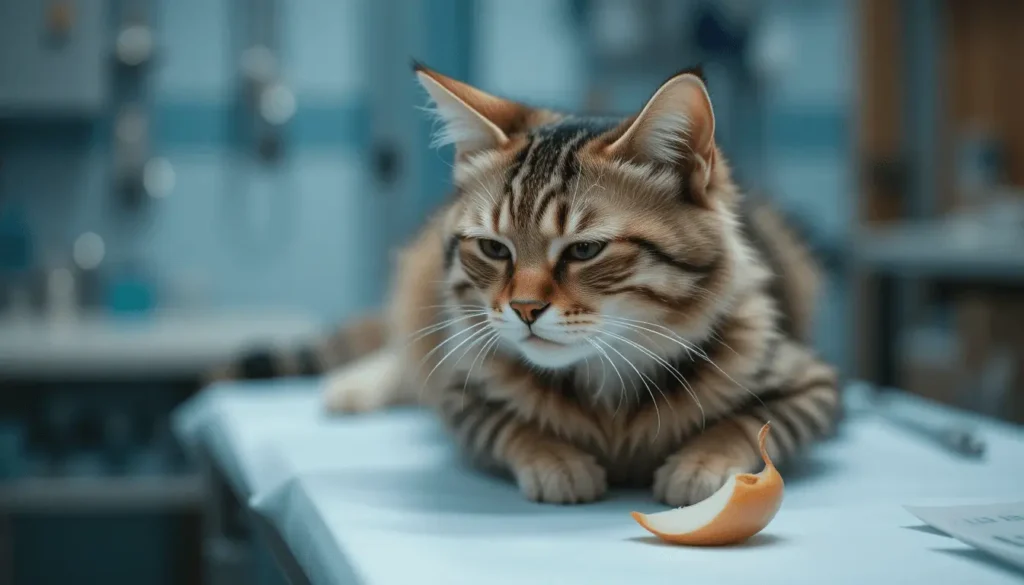
Safe Vegetable Alternatives for Cats
While onions are dangerous, many vegetables are safe and even beneficial for cats. Here are some healthy options to consider.
Cat-Friendly Veggies (Carrots, Peas, Pumpkin)
These vegetables provide fiber and nutrients without the risks:
- Cooked carrots (softened for easy digestion)
- Steamed peas (a great source of vitamins A & K) make a safe, occasional treat when mashed for easy digestion
- Plain pumpkin (helps with digestion)
The Cornell Feline Health Center recommends introducing new foods slowly to avoid stomach upset.
How to Introduce New Foods Safely
Follow these steps when offering vegetables:
- Start with tiny amounts (a teaspoon or less)
- Steam or cook vegetables to soften them
- Monitor for any digestive issues
- Consult your vet before making dietary changes
Foods to Always Avoid (Grapes, Chocolate)
Some human foods are toxic to cats and should never be given, including:
- Grapes and raisins (cause kidney failure)
- Chocolate (contains theobromine, which is poisonous)
- Garlic (even more toxic than onions)
| Safe Vegetables | Toxic Foods |
|---|---|
| Cooked carrots | Onions |
| Steamed peas | Garlic |
| Plain pumpkin | Chocolate |
Conclusion
Recognizing the symptoms of onion poisoning in cats could save your pet’s life. If you suspect your cat has eaten onions, contact your vet immediately. When looking for healthy treats, stick to vet-approved vegetables like cooked carrots and pumpkin, and always avoid toxic foods like onions, garlic, and chocolate.
By staying informed and vigilant, you can keep your feline companion safe while still enjoying the bonding experience of sharing occasional healthy snacks. Want to learn more about feline nutrition? Check out these helpful resources from VCA Hospitals, PetMD, Safe Or Not ? Cat Food Guide and the FDA’s Pet Food Safety guidelines.
FAQs About Onion Toxicity in Cats
How much onion is toxic to cats?
As little as 5 grams of onion per kilogram of body weight can be dangerous. That’s about one small onion slice for an average-sized cat.
Can cooked onions harm cats?
Yes! Cooking doesn’t destroy the toxic compounds in onions. All forms (raw, cooked, powdered) are equally dangerous.
What should I do if my cat ate onion accidentally?
- Contact your vet or pet poison control immediately
- Note how much and what type of onion was consumed
- Monitor for symptoms like vomiting or lethargy
Are other Allium plants like garlic and chives also toxic?
Absolutely. Garlic is actually 5 times more potent than onions, and all Allium family plants (leeks, shallots, chives) should be avoided.
What are safe human foods I can share with my cat?
Try small amounts of:
- Cooked chicken or fish (no seasoning)
- Plain yogurt
- Steamed green beans
Always introduce new foods gradually and in moderation.
Now that you know the dangers of onions and safe alternatives, what healthy treats does your feline friend enjoy the most?

